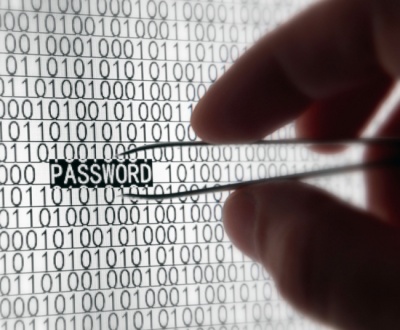As the story goes, the first documented case of steganography involves the ancient Greek Demaratus. While exiled in Persia, he carved a message in a wooden tablet covered by wax normally used for writing indicating to the Spartans that the Xerxes and the Persians were preparing to attack. The carved message was concealed under a seemingly innocent message written in the wax in order to pass examination by guards before delivery. The message arrived in Sparta and was properly read which allowed the Spartans to defend against the Persian attack.This was the beginning of steganography.
What’s the difference between encryption and steganography? With encryption, the presence of the information is out in the open, like a safe that everyone can see but not everyone knows the combination to. With steganography, the contents of the safe are just hidden but not locked up, sometimes hidden in plain sight. Other examples of steganography include writing messages in invisible ink, or microdots embedded in paper viewable under a certain light.
Naturally, steganography is used by people looking to conceal information within computer systems. Todays communications take place through large and complex network infrastructures, allowing criminals to communicate covertly through al the noise. Sometimes messages can be concealed within the “noise” of image or sound files, having a sensible message in the midst of seeming chaos.
Other techniques can involve physical manipulation of data, like printed documents containing covert text, symbols, or micro-characters. Data can even be concealed using creative techniques like Sudoku puzzles. Clearly there is no shortage of methods for covertly transferring information through the digital world. It is up to computer security experts to educate themselves on criminal techniques to keep up in securing our information systems.






